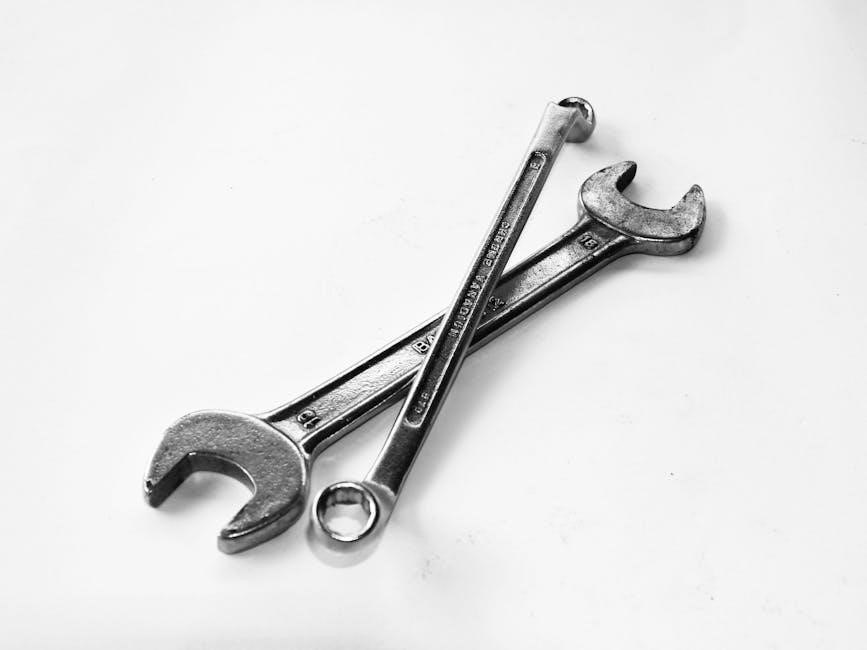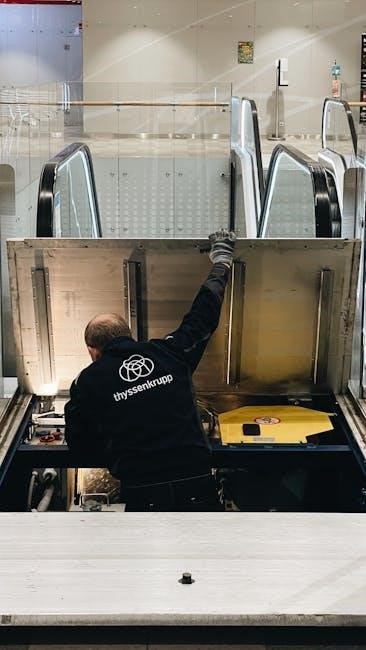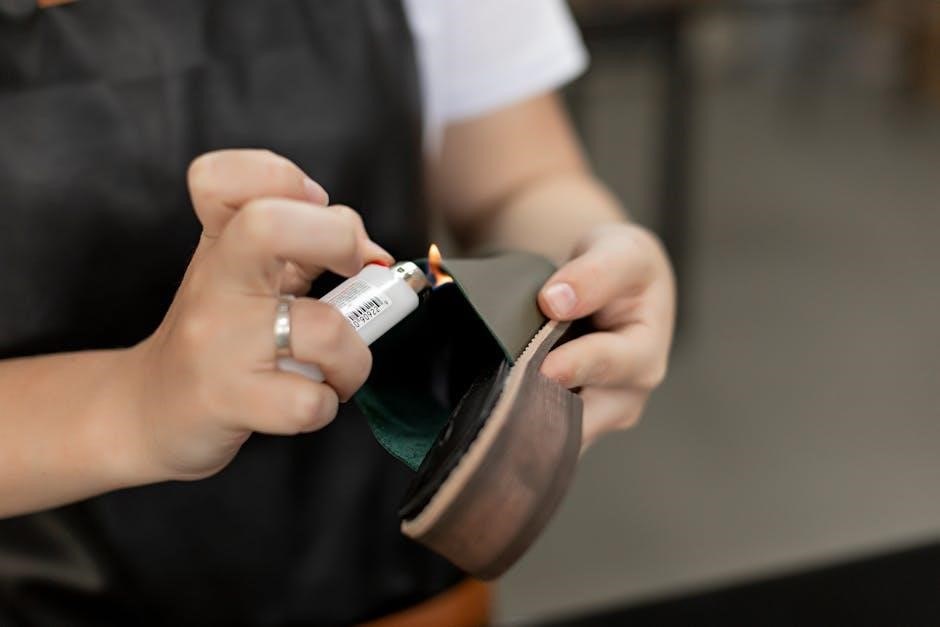Meniscus Repair Rehabilitation Protocol: A Comprehensive Guide
This comprehensive guide outlines the rehabilitation protocol following meniscal repair surgery. It aims to provide clinicians and patients with a structured approach to recovery, optimizing healing and restoring knee function to pre-injury levels. Remember, the information provided here is a guideline, and individual needs may vary.
Meniscal repair is a surgical procedure aimed at preserving the meniscus, a crucial cartilage structure in the knee, by repairing tears rather than removing the damaged tissue. This approach is favored when possible to maintain knee joint stability and reduce the risk of long-term arthritis. Successful rehabilitation is paramount to ensure the graft heals and the patient returns to their desired activity level.
This protocol provides a structured, phased approach to rehabilitation following arthroscopic meniscal repair. It is designed to protect the healing meniscus while progressively restoring range of motion, strength, and function. The protocol emphasizes a criterion-based progression, meaning advancement to the next phase depends on meeting specific milestones rather than solely relying on time. Close collaboration between the surgeon, physical therapist, and patient is essential for optimal outcomes. This includes understanding the specifics of the repair (tear location, size, and repair technique) and tailoring the rehabilitation plan accordingly. This protocol does not apply to meniscus root repairs or meniscus transplants, requiring more conservative approaches. This comprehensive rehabilitation plan focuses on minimizing pain and swelling, restoring patellar mobility and preventing muscle inhibition.
Understanding Meniscal Tears and Repair Options
Meniscal tears are common knee injuries that can result from acute trauma or gradual degeneration. These tears are classified by their location, pattern (e.g., longitudinal, radial, horizontal, complex), and stability. The decision to repair or remove a torn meniscus depends on several factors, including the patient’s age, activity level, tear characteristics, and overall knee health. Repair is typically favored for tears in the vascular zone (outer third) of the meniscus, where healing potential is higher. Common tear types include longitudinal, parrot-beak, flap, bucket handle and mixed/complex tears.
Arthroscopic meniscus repair is a minimally invasive surgical procedure to repair torn knee cartilage, and is an outpatient surgical procedure. Repair options include inside-out, outside-in, and all-inside techniques, each with its own advantages and disadvantages. Meniscal root repairs and radial tear repairs should be progressed slowly because the tear involves complete disruption of the circumferential fibers of the meniscus. The goal of repair is to restore the meniscus’s biomechanical function, which is crucial for load distribution and joint stability. Understanding the type and location of the tear is essential for guiding the rehabilitation process.
Goals of Meniscus Repair Rehabilitation
The primary goals of rehabilitation following meniscus repair are to protect the repaired tissue, minimize pain and swelling, restore range of motion, regain muscle strength, and facilitate a safe return to activity. Initially, the focus is on protecting the repair site and controlling inflammation through rest, ice, compression, and elevation (RICE). Restoring patellar mobility and achieving full knee extension are also crucial early goals. As healing progresses, the emphasis shifts to gradually increasing range of motion, improving weight-bearing tolerance, and strengthening the surrounding muscles, particularly the quadriceps, hamstrings, and calf muscles.
Proprioception, or joint awareness, is another vital aspect of rehabilitation, as it helps to improve balance and coordination. The ultimate goal is to return the patient to their pre-injury activity level, whether it be daily activities, recreational sports, or competitive athletics. Achieving these goals requires a structured and progressive rehabilitation program tailored to the individual’s needs and the specific characteristics of the meniscal repair. It also requires ongoing communication between the patient, surgeon, and physical therapist to ensure optimal outcomes.

Phases of Rehabilitation
Rehabilitation after meniscus repair is typically divided into phases. These phases progress from initial protection and pain management to advanced strengthening and return to activity. Each phase has specific goals and exercises to guide recovery.
Phase I: Immediate Post-Op (0-3 Weeks) ⏤ Protection and Pain Management
Phase I focuses on protecting the repaired meniscus and minimizing pain and swelling. The primary goals are to control pain, reduce swelling, restore patellar mobility, and achieve full knee extension. Weight-bearing is typically limited to partial weight-bearing (PWB) with crutches, and a hinged knee brace is often used, locked in extension, to protect the repair.
Range of motion (ROM) exercises are initiated early, focusing on passive range of motion (PROM) and active-assisted range of motion (AAROM) within a limited range (typically 0-90 degrees of flexion). Exercises include heel slides, quad sets, and ankle pumps to promote circulation and prevent stiffness. Electrical stimulation may be used to facilitate quadriceps activation. Icing and elevation are crucial for managing swelling.
Avoid any tibial rotation to protect the meniscus. Remember that meniscal root repairs and radial tear repairs should be progressed slowly. The rehabilitation should be individualized based on patient needs, exam findings, and clinical judgment.

Phase II: Moderate Protection (Weeks 3-6) ⎼ Gradual ROM and Weight-Bearing
Phase II marks a gradual progression towards increased range of motion and weight-bearing. The goals include achieving near-full ROM, improving quadriceps control, and normalizing gait. The brace may be unlocked to allow for greater flexion, and weight-bearing is gradually increased as tolerated, progressing from partial to full weight-bearing (FWB) by the end of this phase.
Exercises focus on restoring muscle strength and proprioception. These may include closed-chain exercises like mini-squats and leg presses, as well as open-chain exercises for quadriceps and hamstrings. Proprioceptive exercises, such as balance training on a wobble board, are introduced to improve joint stability and coordination. Patellar mobilization is continued to maintain optimal patellar tracking.
It’s crucial to monitor for any signs of increased pain or swelling, which may indicate that the progression is too rapid. If root repair was performed, weight bearing can be increased from weeks 4-6 weeks. The patient should consult with their physical therapist before advancing to the next phase.
Phase III: Advanced Phase (Weeks 6-12) ⏤ Strengthening and Proprioception
Phase III focuses on advanced strengthening and proprioception exercises to prepare the knee for higher-level activities. The primary goals are to achieve full, pain-free range of motion, improve strength to at least 70% of the unaffected leg, and enhance neuromuscular control. The brace is typically discontinued during this phase, unless otherwise specified by the surgeon.

Strengthening exercises become more challenging, incorporating exercises like squats, lunges, step-ups, and hamstring curls with resistance. Plyometric exercises, such as jumping and hopping, are gradually introduced to improve power and agility. Proprioceptive training is intensified, using equipment like balance boards and unstable surfaces.
Cardiovascular fitness is also emphasized, with activities like cycling, swimming, or elliptical training. Throughout this phase, it’s essential to monitor for any signs of reinjury and adjust the program accordingly. The patient should work closely with their physical therapist to ensure proper technique and gradual progression.
Phase IV: Return to Activity (Months 3-6+) ⏤ Sport-Specific Training
Phase IV marks the final stage of rehabilitation, focusing on sport-specific training and a gradual return to pre-injury activity levels. The primary goal is to restore full function, strength, and confidence in the knee, allowing the patient to safely resume their desired activities.
This phase involves sport-specific drills, agility exercises, and progressive loading to prepare the knee for the demands of the chosen sport or activity. The intensity and duration of training are gradually increased, while closely monitoring for any signs of pain or swelling. A functional assessment, including hop tests and agility tests, is performed to evaluate the knee’s readiness for return to activity.
The patient should work closely with their physical therapist and surgeon to determine the appropriate timeline for return to sport. A gradual and progressive approach is crucial to minimize the risk of reinjury. Education on proper warm-up, stretching, and injury prevention strategies is also essential.

Key Considerations
Several key considerations are critical for successful meniscus repair rehabilitation. These include adhering to weight-bearing guidelines, achieving range of motion goals, prioritizing muscle strengthening, and addressing special circumstances like root repairs, ensuring optimal recovery and a safe return to activity.
Weight-Bearing Progression after Meniscus Repair
Weight-bearing progression is a cornerstone of meniscus repair rehabilitation, demanding careful management to safeguard the healing meniscus. Initially, a period of non-weight-bearing is often prescribed, typically lasting several weeks, to minimize stress on the repair site. Crutches are essential during this phase to facilitate mobility while preventing excessive loading.
Partial weight-bearing gradually follows, allowing a controlled introduction of weight onto the affected leg. The amount of weight-bearing is typically increased incrementally, guided by the surgeon’s recommendations and the patient’s tolerance. During this stage, the use of a brace may be necessary to provide additional support and stability.
Full weight-bearing is the ultimate goal, signifying the restoration of normal loading capacity. However, this transition must be approached cautiously, ensuring the meniscus has adequately healed to withstand the demands of daily activities. Progression to full weight-bearing is contingent upon several factors, including pain levels, swelling, and the absence of any adverse signs or symptoms.
Throughout the weight-bearing progression, close monitoring by a physical therapist is crucial. They will assess the patient’s progress, provide guidance on proper techniques, and adjust the program as needed. Adherence to the prescribed weight-bearing protocol is paramount to optimize healing and prevent complications.
Deviation from the recommended progression can jeopardize the integrity of the repair, potentially leading to re-injury or the need for further intervention. Therefore, open communication between the patient, surgeon, and physical therapist is essential to ensure a safe and effective rehabilitation process.
Range of Motion (ROM) Exercises and Goals
Restoring range of motion (ROM) is a crucial component of rehabilitation following meniscus repair, aimed at regaining full knee mobility and function. Early ROM exercises are typically initiated in a controlled manner to protect the healing meniscus while preventing stiffness and contractures. The initial focus is on achieving full extension, which is critical for normal gait and joint mechanics.
Flexion exercises are gradually introduced, starting with limited degrees of motion and progressively increasing as tolerated. Passive range of motion (PROM) exercises, performed by a therapist or using external assistance, are often employed to gently mobilize the joint without stressing the repair site. Active-assisted range of motion (AAROM) exercises, where the patient actively participates with assistance, follow as strength and control improve.
Active range of motion (AROM) exercises, performed independently by the patient, are the final stage, indicating sufficient healing and muscle function. Specific ROM goals are established for each phase of rehabilitation, guiding the progression of exercises. These goals are individualized based on the patient’s progress, pain levels, and surgeon’s recommendations.
Throughout the ROM progression, it is essential to monitor for any signs of pain, swelling, or clicking, which may indicate irritation or re-injury. Adjustments to the exercise program may be necessary to accommodate individual needs and ensure optimal healing. Consistent adherence to the prescribed ROM exercises is vital for achieving full knee mobility and a successful return to activity;
Importance of Muscle Strengthening
Muscle strengthening is a cornerstone of meniscus repair rehabilitation, playing a vital role in restoring knee stability, function, and overall joint health. Following surgery, muscle atrophy and weakness are common due to immobilization and pain. A structured strengthening program is essential to counteract these effects and rebuild the muscles surrounding the knee.
The quadriceps muscle group, particularly the vastus medialis oblique (VMO), is a primary focus of strengthening exercises. Strong quadriceps provide critical support to the knee joint and contribute to patellar tracking. Hamstring strengthening is also crucial, as the hamstrings act as dynamic stabilizers of the knee and assist with knee flexion.
Calf muscle strengthening is important for ankle stability and overall lower extremity function. Strengthening exercises are typically initiated with isometric contractions, followed by progressive resistance exercises using weights, resistance bands, or exercise machines. Closed-kinetic chain exercises, such as squats and lunges, are gradually introduced to enhance functional strength and stability.
Proprioceptive exercises, which improve balance and coordination, are integrated into the strengthening program. These exercises help retrain the neuromuscular system and enhance joint awareness. Throughout the strengthening process, it is essential to monitor for any signs of pain or swelling, and to adjust the exercise program accordingly.
Consistent adherence to the prescribed strengthening exercises is vital for achieving optimal outcomes following meniscus repair. Strong muscles provide support and protection to the healing meniscus, reducing the risk of re-injury and promoting a successful return to activity.
Special Considerations for Root Repairs and Complex Tears
Meniscus root repairs and complex tears present unique challenges during rehabilitation, requiring a more cautious and individualized approach. Root repairs, which involve reattaching the meniscus to its bony insertion, are particularly delicate due to the critical role of the root in load transmission and knee stability. Complex tears, characterized by multiple tear patterns or extensive damage, also demand careful management to promote healing and prevent complications.
Rehabilitation protocols for root repairs and complex tears typically involve a longer period of protected weight-bearing, often extending to 6 weeks or more. Range of motion (ROM) restrictions may also be more stringent, particularly in the early phases, to minimize stress on the repair site.
The progression of exercises is carefully monitored, with a gradual increase in intensity and complexity as healing progresses. Close communication between the surgeon, physical therapist, and patient is essential to ensure optimal outcomes. Strengthening exercises are initiated cautiously, with a focus on restoring muscle function without compromising the integrity of the repair.
Proprioceptive training and balance exercises are incorporated to enhance knee stability and coordination. Bracing may be used to provide additional support and protection during activities. Return to sport or high-impact activities is typically delayed until adequate healing and functional strength are achieved.
Patients with root repairs and complex tears may require a longer overall rehabilitation timeline compared to those with simpler tears. Adherence to the prescribed protocol and diligent participation in therapy are crucial for maximizing the chances of a successful outcome and a safe return to activity.
